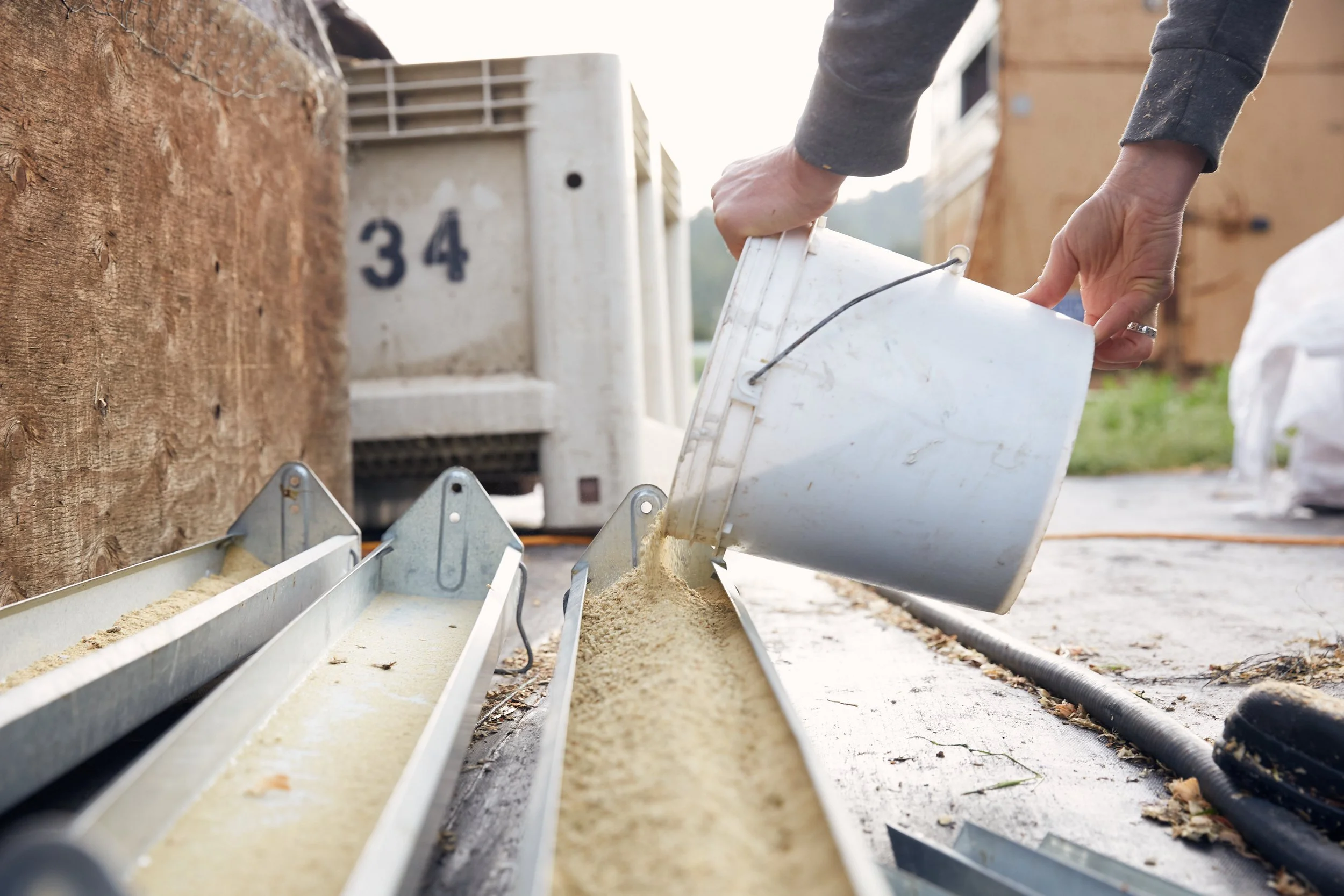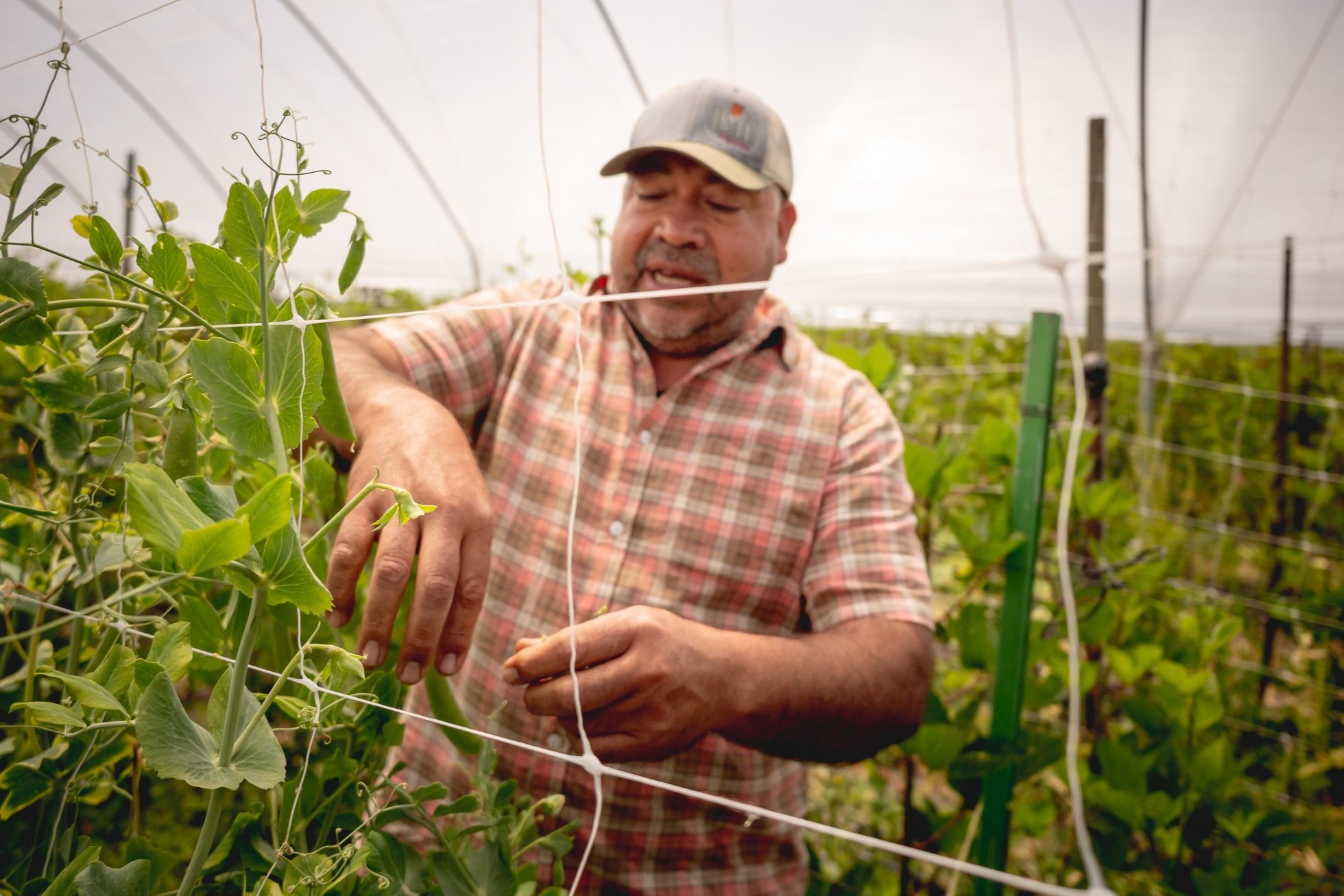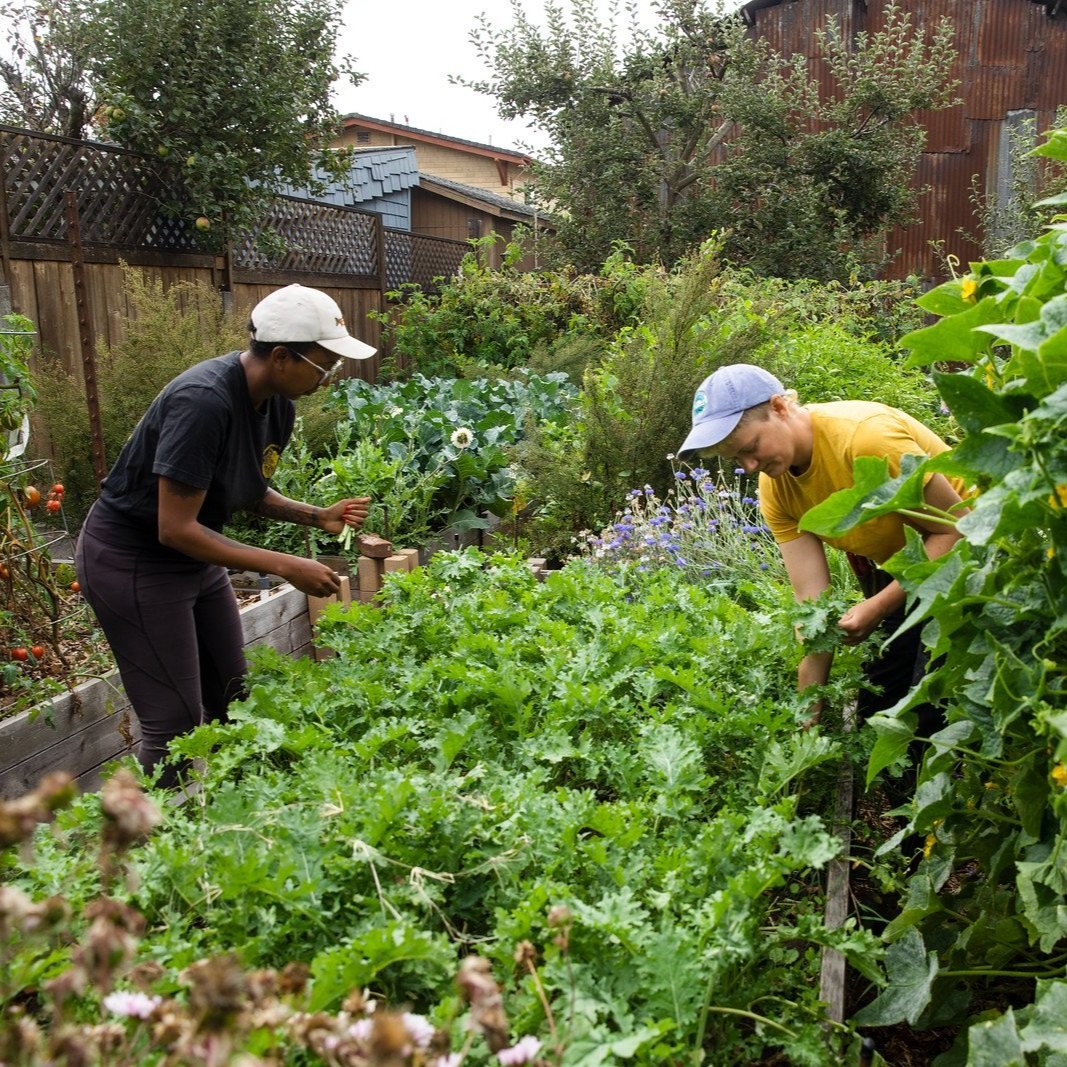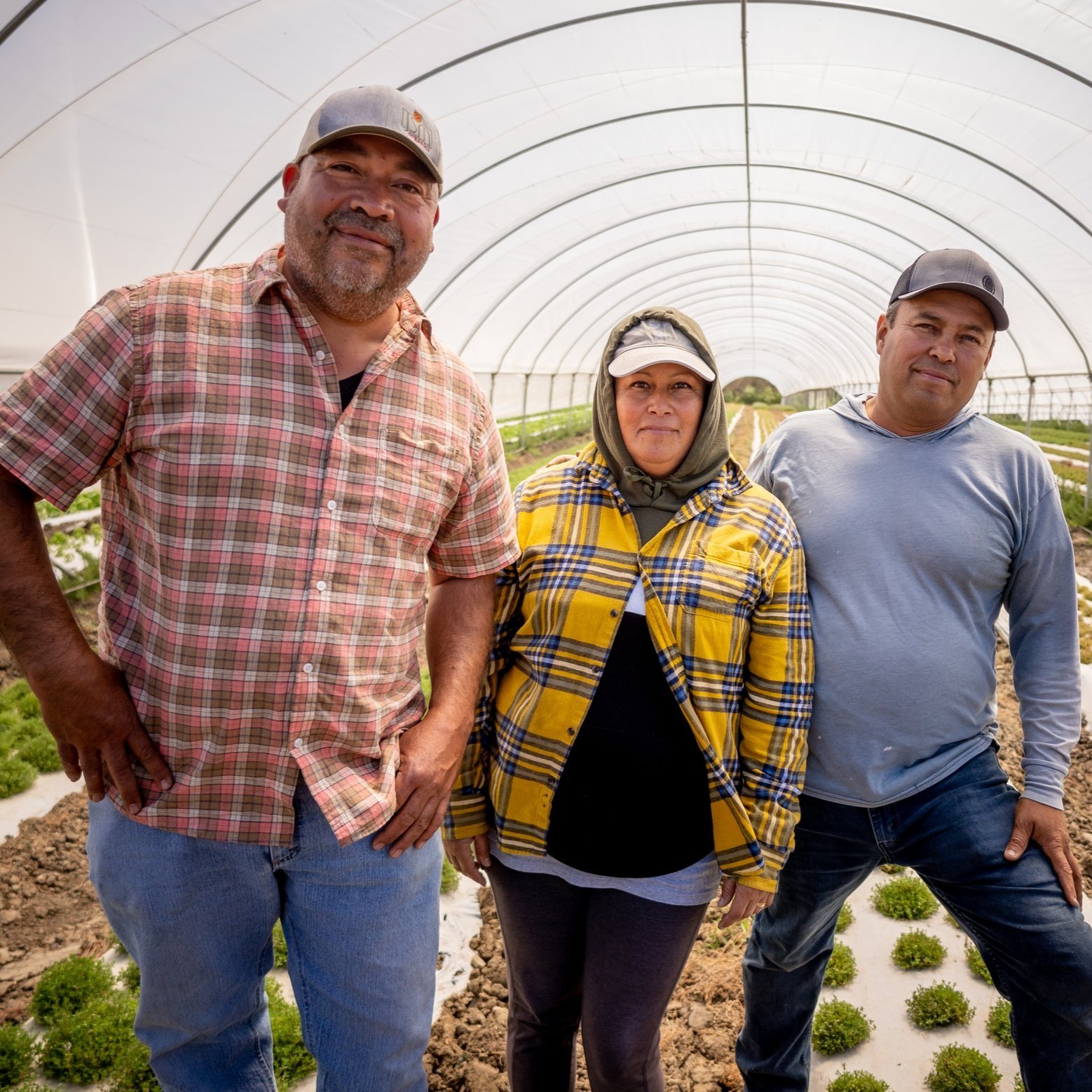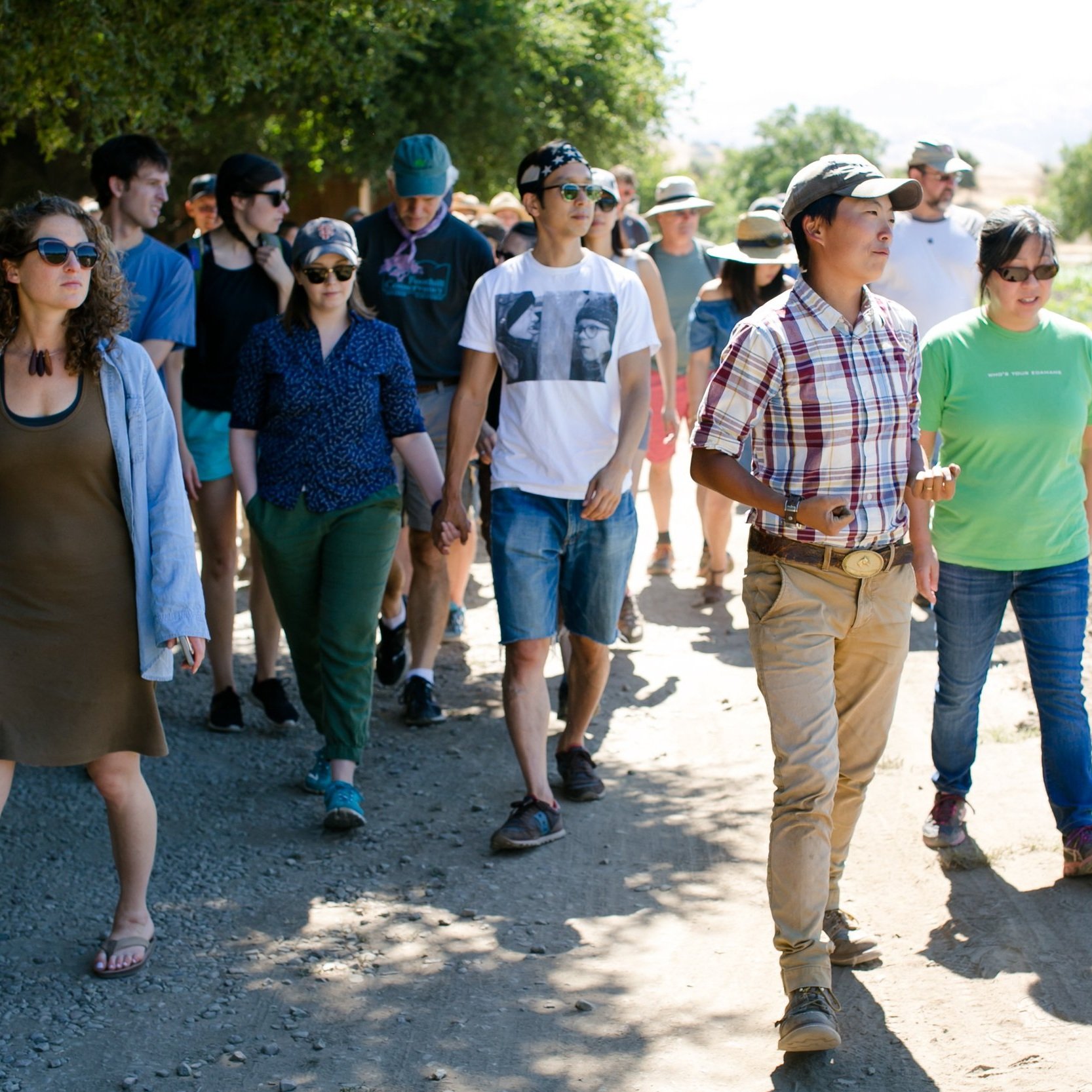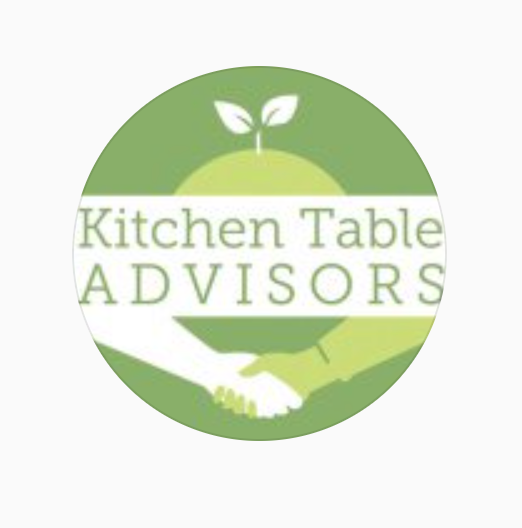Navigating the Current Economy as a Small Producer
September 23rd, 2022
[Read Time: 8 minutes]
For the past week over our social media, KTA has been highlighting how our client farmers and ranchers have been sustaining the current inflationary economy by sharing client stories, resources for producers, and other contextual information. This series of features was borne out of both client experiences and recent advising sessions of Senior Farm Business Advisor Lily Schneider. Lily joined KTA as the North Bay business advisor in 2020 with 10 years of organic farming and business ownership experience under her belt.
We hope that this collection of information and stories not only offers knowledge and encouragement, but also brings our community together to understand the experiences of small sustainable farms and ranches in a shifting, volatile economy.
There is no escaping the current economic news of inflation, rising prices, and supply chain disruptions. As rising input prices continue to impact our clients’ bottom lines, part of our work at KTA is dialoguing with clients about the current economy, and working together to navigate impacts to their business. Economic uncertainty and instability makes planning more difficult for any business, affecting small farms even more given leaner cash reserves and less assets to draw from in times of uncertainty.
In looking at the Producer and Consumer Price Indexes, published by the USDA on a monthly basis, the latest reports released in August show that egg prices were up 38% from July '21 to July '22 (historical average 3.2%), and fresh vegetables were up 7.3% (historical average 2.1%) for the same time period. Our livestock producer clients have seen feed costs increase upwards of 30%, which is contributing significantly to egg price increases.
We will be exploring how these inflationary conditions, supply chain disruptions, and rising feed and fuel prices have affected KTA clients. Hear from farmers and ranchers, connect with resources and tools, and join us in a discussion around how the economy is affecting our local foodshed.
Client Story: Sol Seeker Farm
Not clear on a strategy to raise prices without harming their business or burdening their loyal customers, Edgar Samaniego and Kaley Grimland de Mendoza of Sol Seeker Farm had been resistant to raising prices for a while despite rising feed costs. However, in April of this year, after their feed prices had risen 40% since the beginning of the year, Edgar and Kaley realized that Sol Seeker needed to reassess their prices if they were to survive the rest of the year. Thus, they sat down with Senior Farm Business Advisor Henry Catalan to map out a detailed plan for their business, utilizing spreadsheet templates to calculate new margins while conducting surveys among their peers to better understand their market.
Kaley and Edgar had done seasonal price changes in the past, increasing their egg price in the winter as production weaned, but had based these increases more arbitrarily. By taking a numbers based approach, they were able to calculate the exact price points per product that would allow them to survive and pay off their loans.
Kaley was able to give their wholesale buyers a two-week notice of the price increase while Edgar communicated their decision to their customer community directly at farmers markets. Ultimately, they found that there was no real difference in the number of units they sold – they were moving the same amount of product, but now with the confidence that their pricing matched their cost of production.
Sol Seeker’s decision to raise their prices was difficult to make and implement – Edgar and Kaley were apprehensive to raise their prices, but even more scared of closing their business. Their experience this past year, coupled with the tools and resources they’ve gained, will allow them to make more informed decisions for their business as the long-lasting implications of inflation and high cost of inputs remain unclear. Ultimately, Sol Seeker’s new prices reflect a major milestone for the farm as they are now able to prioritize their own livelihood in an uncertain, changing economy.
A Farm Business Advisor Approach
One approach employed by Lily Schneider, our Senior Farm Business Advisor in the North Bay, has been to open spaces in her advising sessions for conversations around rising prices, inflation, and a changing economy with her clients. She describes her process:
“It has been helpful to start with a basic understanding of inflation, which is an erosion in purchasing power of a currency over time, and to discuss some of the major factors contributing to the current inflationary market including continued supply chain disruption, consumer spending shifts, and fiscal policy.
We then work through some hypothetical examples of what rising costs could do to clients' bottom lines, using scenarios where they do or don’t decide to adjust pricing to match input price increases. This helps to provide a foundation in thinking about how they could adapt their current year’s plan. A huge benefit of a client already having financial projections and/or a cash flow budget in place – tools that we strive to establish within the first year of advising – is that it can quickly be adapted to model different pricing and input cost scenarios, which are extremely useful for decision-making. Given that we don't know how long the current inflationary conditions will last, I encourage clients to give themselves room to adjust pricing in the future and keep lines of communication open with buyers and customers.
I also encourage clients to talk to their peers to hear how they are dealing with inflation and if/how they have chosen to increase pricing. A sense of community, idea-sharing, and emotional support can help small farmers, who can often feel as though they are struggling in a vacuum. By understanding the economic context, taking a hard look at the numbers, talking to their peers, and thinking about the impact of price increases on their customers, clients can become more comfortable in planning for uncertainty.”
Client Story: Root Down Farm
The first time Dede Boies of Root Down Farm seriously questioned the longevity of her farm was in the spring of this year. When she sat down to calculate costs, she realized that her fuel costs had increased almost 50% and her feed costs 34%. Though her sales were on par with expectations, the costs she had been facing were unforeseen. Over the years, Dede had cultivated a close-knit community of supporters – including KTA Farm Business Advisors Federica Beatrice and James Nakahara, her bookkeeper Lauren, and consultant and California FarmLink Resilerator lead Poppy Davis – who were able to sit down with her and strategize ways to keep her business afloat.
Dede began by evaluating the stages of her production to see where she could minimize costs – she discovered that by changing her business cadence so she slaughtered every other week instead of weekly, she could cut down on slaughter costs, maintain a stable supply of products, and allow her to better leverage her inventory. She also put a pause on buying and upgrading farm equipment. Finally, Dede made the difficult but necessary choice to increase prices on premium products. In an email titled “Full Transparency,” Dede explained the price increases to her customer and wholesaler communities by sharing the true cost of operating her farm, citing her values of transparency, integrity, and strong relationships along the way.
These decisions, though challenging, were ultimately informed by necessity – without them, Dede doubts she would still be running Root Down. She cites her close-knit community of supporters as being key to her continued success, bringing creativity, perspective, and encouragement to her business. With this essential support, Dede has been able to make crucial changes to her business with no losses.
Wholesale vs Direct Market Streams
Learn about how Javier from JSM Organics has navigated wholesale relationships in the current inflationary economic conditions.
With rising farm operating costs leading to thinner, or even nonexistent, profit margins, many of our farmer and rancher clients have had to reassess the pricing models for their respective businesses. This is a decision that does not come easily and differs from business to business. The ability to evaluate and adjust prices is highly dependent on the farm’s marketing channels, with wholesale channels (where farmers sell to larger buyers and distributors) posing different challenges than direct-to-customer outlets (where farmers sell through CSAs, farmers markets, farm stands, etc).
Farmers using direct market channels have more flexibility to set their own prices because of their direct relationship with the customer. We’ve heard anecdotally that customers, especially in direct market settings, have generally not been swayed by price increases for natural foods, likely because they are aware of prices increasing around them and expect their local farmer to be pricing accordingly. But the decision to adjust prices is often an extremely difficult decision, as the emotional connection between our clients and their customers goes both ways. Authentic, honest communication with customers about the rising costs a business is facing is a big part of a well received price adjustment, especially as current inflationary conditions persist.
Wholesale channels offer far less pricing flexibility, and farmers are often price takers in an environment where buyers have higher bargaining power and the ability to replace producers with other farms. As small producers, our clients typically have little ability to negotiate pricing with wholesale customers, and have often already trimmed their operating budgets down in adapting to recent higher input costs. As a result, the higher prices that customers are seeing and paying can often not translate into what the farmers are getting. The current inflationary environment and economic uncertainty makes it even more important that clients understand the pricing differences between their marketing channels, and have a grasp of how each channel is contributing to their bottom line.
What You Can Do
As small farms and ranches navigate inflation and rising operating costs, we, as a community, can continue to support and affirm the actions of those in our local foodshed, financially and otherwise. We can continue showing up for small businesses. We can deliberately and openly recognize the ongoing hard work that goes into the products we take home. We can stay engaged with our local farmers – ask them questions, listen to their stories, and understand the motivations behind their business decisions. Be open to their transparency and honesty. For many farmers and ranchers, price changes and business adjustments are not an easy decision – the close relationship between farmer and customer is one that many of our clients have voiced as being a key motivator behind their decision to keep farming, and is something they fear losing in doing so.
If you are unsure where to start or how to support, check out our Love Local Guide for all of the direct outlets where you can connect with our client community. Our Farmers and Ranchers page is another resource for learning about our clients and reaching out to them via their websites and social media.
Connect & Converse
Share your thoughts and hear from others through the following posts on KTA’s Instagram. For farmers and community members looking for resources, check out our Instagram Story highlights.
Photo Credits: Nicola Parisi, Paige Green, Lily Sheridan, Jayson Carpenter, Katelyn Tucker, Paige Phinney, Ben Gibbs for the Schmidt Family Foundation

